10 Mistakes Everyone Makes While Playing The Witcher: Monster Slayer

After its highly anticipated release in late July, The Witcher: Monster Slayer is attracting fans of the famous The Witcher series and mobile gamers alike. Its popularity is partly thanks to its unique RPG-like gameplay within a Pokemon GO-esque formula.
One issue with the game, though, is that it doesn't do a great job of explaining how to get the most out of the experience. The game is perfectly playable (and satisfying) without spending real money, but there are some things to keep in mind as the new Witcher in the neighborhood.
10 Ignoring Daily Contracts
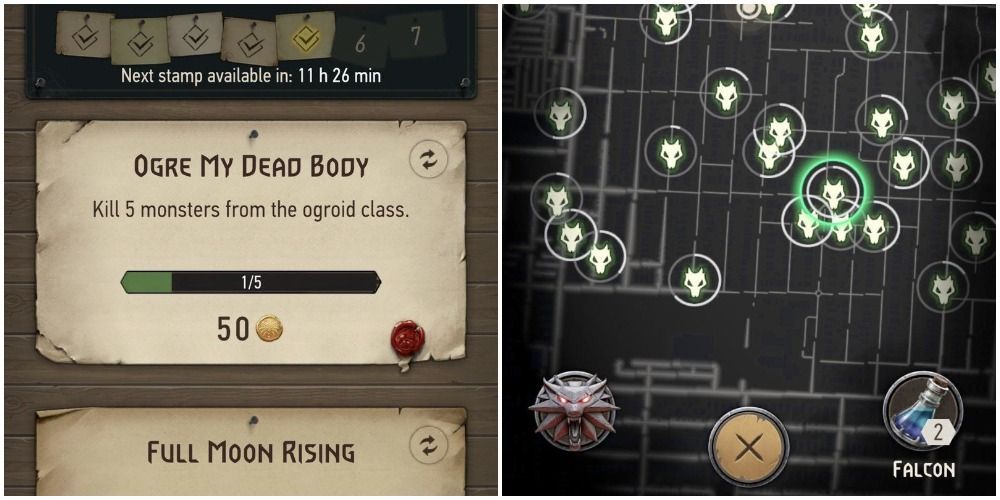
Daily Contracts in The Witcher: Monster Slayer are a good way to earn a decent amount of Gold each day. There's a variety of basic Contracts, like crafting a specific number of an item or hunting a named creature. They're different than in-game quests, though, as they change every day.
Completing seven Daily Contracts in a week (once each day) will give the player a special reward. It might seem like another hassle to deal with, but the extra Gold and gear are well worth the trouble.
9 Staying At Home Too Much

One of the best things about the mobile GPS game formula is its ability to bring people outside who wouldn't normally venture beyond the front lawn. The Witcher: Monster Slayer does an amazing job of this, providing unique enemies, quests, and items depending on what natural formations are around.
While one can play the game and have fun without actually going on walks, it's a completely different experience. Not only is it good for one's own health, but it's the only way to encounter unique enemies for natural areas, such as Drowners at any nearby body of water.
8 Using Items On Easy Enemies
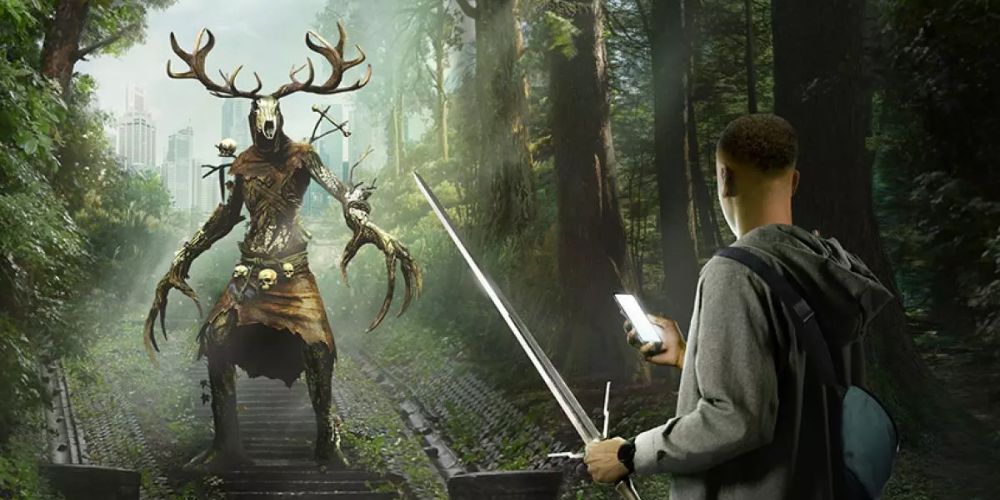
"Easy" enemies are designated on the map by the lack of a skull icon above the Monster's model. "Medium" and "Hard" enemies have one and two skulls above their model, respectively, and almost always require additional support in the form of Oils, Bombs, or Potions.
Enemies designated as "Easy", though, are almost always a guaranteed kill even without equipping items. Don't waste hard-earned resources and gear on something that will fall in 15 seconds flat – save your Witcher tools for harder fights.
7 Hoarding Ingredients...

One problem with The Witcher: Monster Slayer is the relative lack of inventory space given to players. By default, a player can have 200 items in their inventory. It might seem like a lot, but when you have 30 Herbs, 20 Roots, and 35 Necrophage Remains, that space starts dwindling fast. New items picked up will not be added to the inventory if it is full, either.
keep an eye on your inventory space and make liberal use of the Delete option to get rid of ingredients you have too much of. Herbs and Roots tend to be the main culprits here, but fighting the same type of enemies over and over can lead to a pile-up of Monster parts, too.
6 ...And Hoarding Consumables
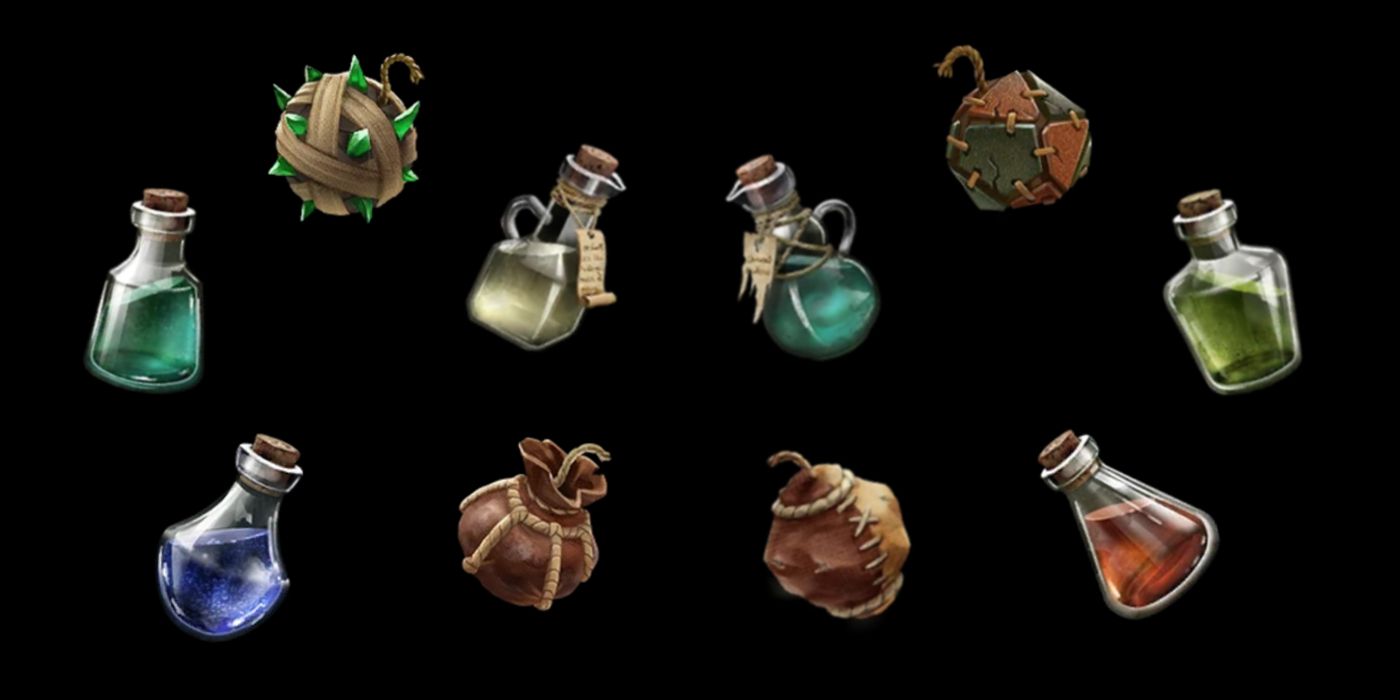
While Potions, Oils, and Bombs are always useful to have at the ready, they can take up a lot of inventory space if not used consistently. Players who don't fight a lot of "Medium" or "Hard" Monsters don't find themselves using consumables very often.
Just like with the Ingredients tab, be sure to check on the Alchemy tab of the inventory to see if anything can be discarded. The main culprits here tend to be Thunderbolt, Falcon, and other low-tier, minor effect potions that can drop from enemies or be opened in gifts.
5 Allowing The Game To Auto-Equip Items
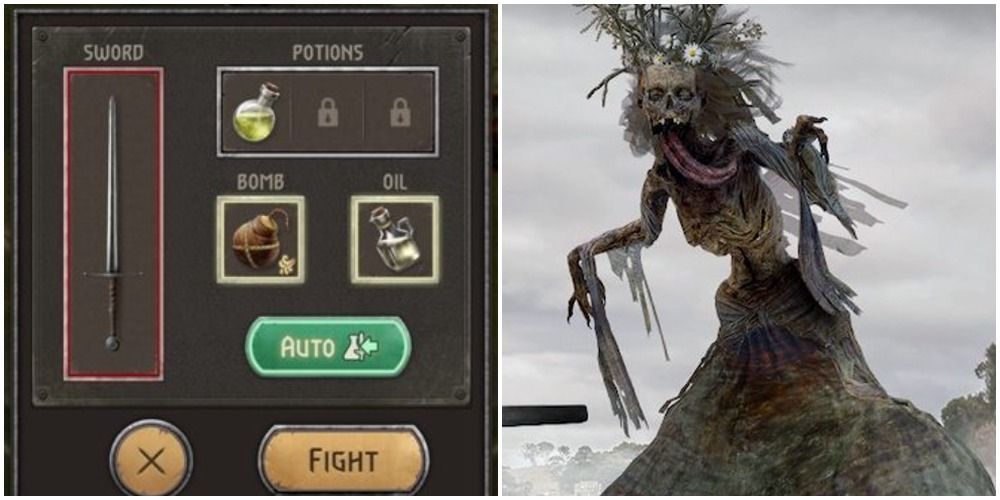
One of the worst mistakes a new player can make is to allow the game to make decisions. In the Preparation stage of each fight, the player has the option to auto-equip items that the game calculates will be most beneficial.
If the player has already crafted the items needed, this is just a way to save some time. If not, though, it automatically assigns sub-par options that might have seen better use against other enemies.
4 Not Timing Perfect Parries or Critical Hits
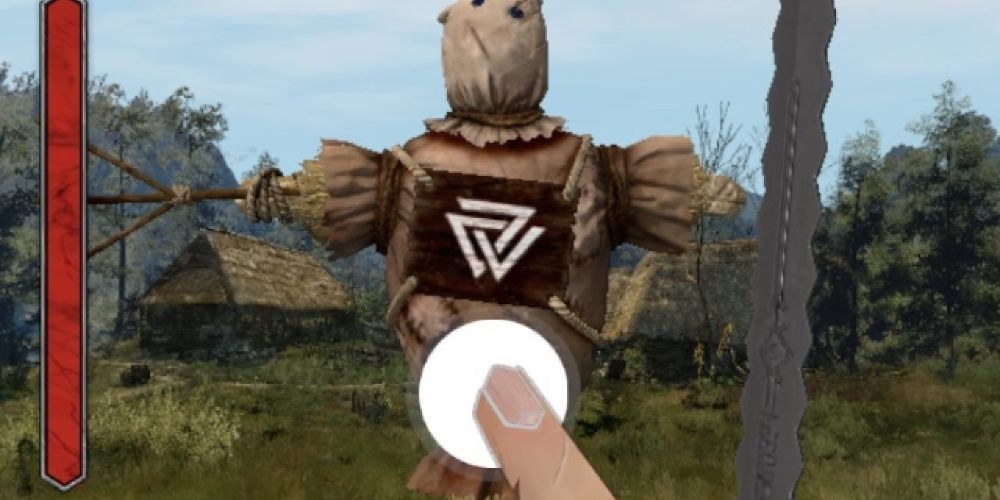
When the player successfully pulls off a Perfect Parry or a Perfect Critical Hit, they will get a little bit of extra experience at the end of the fight in addition to more potent hits and defenses. It takes a little while to learn the Perfect Critical Hit timing, but it's much harder to learn Perfect Parrying.
To pull off a Perfect Parry the player must learn their foe's attack pattern and time their Parry to almost the exact moment the hit will strike. Some monsters are much trickier than others, though, and no two enemies have the same timings.
3 Spending Gold On "Recommended" Items
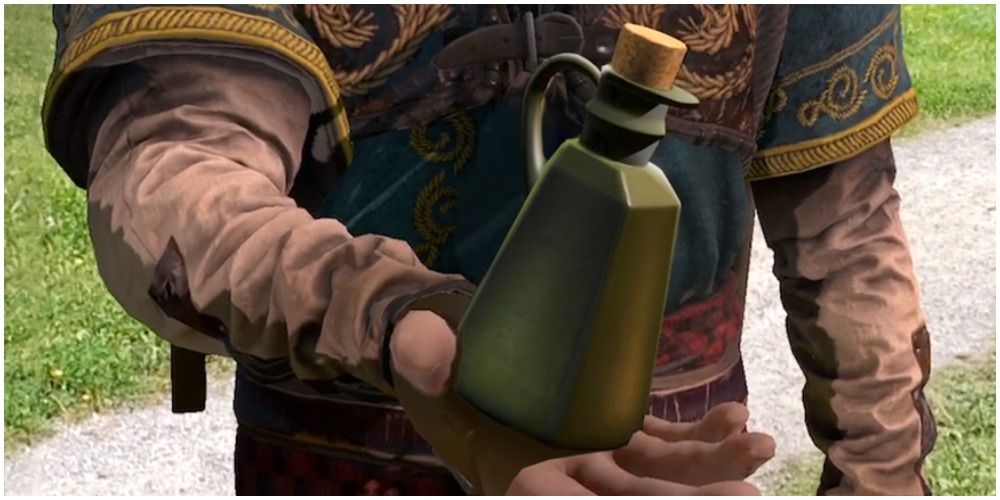
When using the Auto-Equip option in the Preparation phase of combat, the game will suggest items from the in-game shop that fill in the gaps. If a player doesn't have the right Oil available, this screen suggests a purchase at a reduced rate.
Unless buying Gold with real money is an option for you, Gold can be hard to come by in this game. It's a much better idea to get good at combat and timing rather than rely on spending Gold every time you are missing the correct gear.
2 Randomly Assigning Skill Points
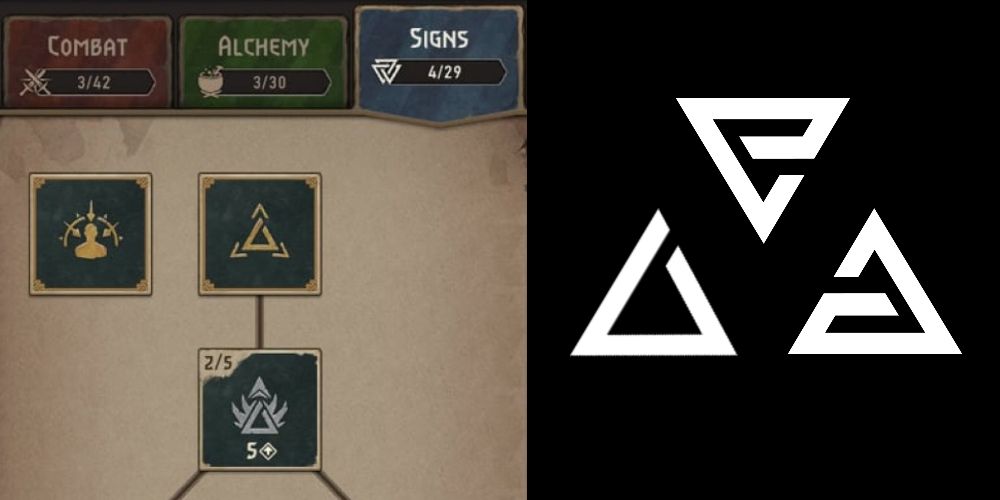
The Witcher: Monster Slayer has a pretty intuitive Skill Tree system, home to the Combat Skill Tree, the Alchemy Skill Tree, and the Signs Skill Tree. Every level up (and when killing many of the same enemy) players get a share of points to allocate in one of these three areas.
Make sure to plan, though, because there is currently no way to get back points that have already been spent. The Signs and Alchemy Skill Trees unlock craftables and abilities not available by default, and it can take a long time to amass enough Skill Points to make up for misallocated ones.
1 Enabling Max Graphics Without Battery Saver

For a mobile game, it's kind of amazing how good the game looks, especially on Max Graphics. Monsters appear almost exactly as they do in The Witcher 3, character models are detailed, and even the overworld has a high-res polish that's unrivaled in similar GPS games.
One of the biggest problems with The Witcher: Monster Slayer is how much of a battery hog it is, though. Turning on Battery Saver mode in-game limits some of its background processes, and the difference between Medium and Max graphics is pretty unnoticeable. By enabling these features one can expect to get another half hour or so of constant play.

Post a Comment